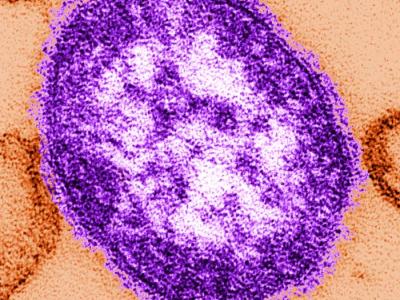Implementation of routine immunization of US adolescents with the quadrivalent (four-strain) meningococcal conjugate vaccine (MenACWY) was associated with reduced burden of invasive meningococcal disease (IMD), researchers reported yesterday in JAMA Network Open.
Using national incidence data from the US Centers for Disease Control and Prevention on cases of IMD caused by serogroups C, W, and Y of Neisseria meningitidis, a team led by researchers from Sanofi (maker of the MenACWY vaccine) conducted a modeling study to estimate the number of IMD cases and deaths among adolescents and young adults ages 11 to 23 that were prevented from the time the vaccine was recommended in 2005 through 2021.
They also created a simulated counterfactual scenario in the absence of vaccination. Their aim was to investigate how the downward trajectory of IMD that began in the mid-1990s might have evolved without the vaccine.
Vaccine has aided downward trend
Among the entire US population from 2005 to 2021, MenACWY vaccination prevented an estimated 172 cases of IMD (95% credible interval [CrI], 85 to 345) in US adolescents 11 to 15 years of age and 328 IMD cases (95% CrI, 164 to 646) among those aged 16 to 23 years. Absent vaccination, the cumulative incidence of IMD in those age-groups would have been at least 59% higher than reported over the same period with vaccination. When considering age groups separately, the incidence of IMD would have been 110% higher in the younger group and 47% higher in the older group.
Applying case-fatality rates of unvaccinated people derived from national data to the counterfactual scenario, the researchers found that vaccination averted an estimated 16 deaths (95% CrI, 8 to 31) among adolescents aged 11 to 15 years and 38 deaths (95% CrI, 19-75) among those aged 16 to 23 years.
"Given the severity of the disease and its potential lifetime sequelae, any decrease in vaccine uptake or in the level of protection within the US population could become a public health concern, especially during the high-risk period of late adolescence and early adulthood," the study authors wrote.













